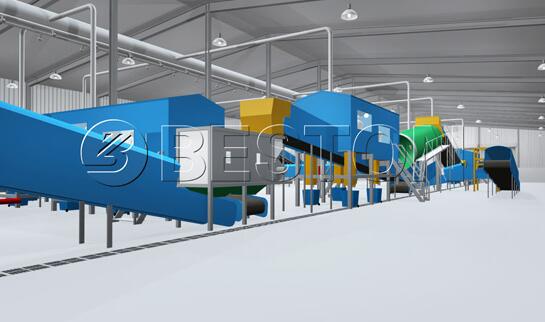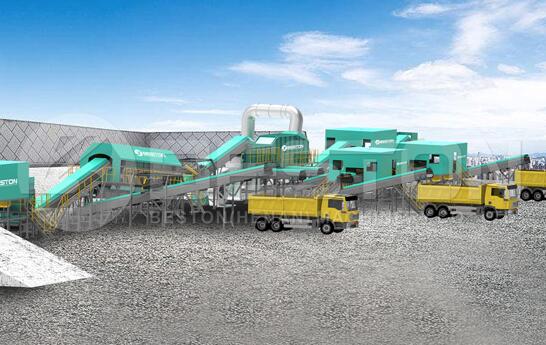As more and more human beings move to urban areas – and as those areas grow into what could today be referred to as ‘megacities’ we are in danger of drowning in our own waste. The U.S. alone was estimated to have generated around 38.5 million tons of waste during 2018. Studies have also shown that the amount of garbage that is generated in the U.S. is growing by around 3.8% per year. This is a problem that is only going to become worse. Urban planners need to find a solution to the growing problem of waste disposal – the current solutions to waste disposal are often creating even more problems for the inhabitants of urban areas. Rural areas are also facing a garbage issue of their own. Often there are inadequate means of dealing with garbage in these areas due to a lack of infrastructure. In general, we need to classify the waste into several kinds of resources and deal with them differently.
Two of the most popular ways of dealing with the mountains of garbage that are being generated each day are through dumping the garbage in landfills or through incineration(BESTON GROUP CO., LTD.). Each of these approaches tends to be highly polluting. Landfills may end up leaching toxins into the water table – and release large amounts of methane gas. Incineration contributes significantly to air pollution. Clearly these approaches need to be reexamined.
However – what is the solution to dealing with the large amounts of garbage? Interestingly enough the solution may be in a mindset change(planta de pirolisis de lodo aceitoso). We have to start thinking about just how we define garbage – and what we do with it. It is estimated that up to 75% of the garbage that we generate is recyclable – yet it still ends up in landfills.
However, individuals can only do so much. Governments need to show real commitment and a level of inventiveness when it comes to finding innovative ways of dealing with the garbage issue. One of the methods of dealing with garbage is to turn it into an energy source. This approach has been tried in Sweden(Suecia) – and it is beginning to show exceptional results. Sweden sorts its garbage inot that which can be recycled and that which can be used as fuel for the generation of energy. So successful has this approach been that the country now supplies a quarter of a million homes with energy generated from the garbage.

Private enterprise is also applying its not inconsiderable wealth of talent and research capacity to play its part in dealing with waste. Microsoft, for instance, uses biogas generated from the local wastewater plant to power its data center in Cheyenne, Wyoming. It is the first of a number of projects like this that Microsoft will be rolling out.
In Wales, food waste is now also beginning to be turned into a sustainable energy source. A company by the name of Biogen has just received a third license to generate electricity from this waste.
Some out of the box thinking may be required, however, public/private partnerships are showing great promise in both recycling and other forms of waste management. More, however, remains to be done. And you can get a such reliable product in https://www.bestoneco.com/maquina-separadora-de-basura/.
